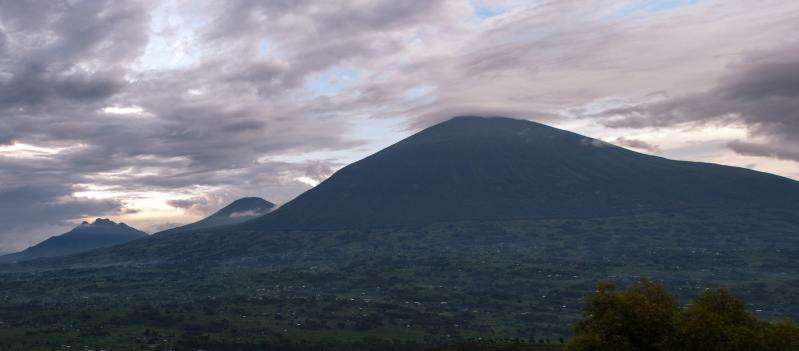Assessing influence of economic and demographic changes key for conservation planning

team of researchers from the National University of Singapore (NUS), Wildlife Conservation Society (WCS), and Conservation International, found that larger protected areas, especially those in high population density regions, are more likely to undergo a downgrading, downsizing and degazettement (PADDD) event.
Protected areas, like national parks and nature reserves, are areas designated or regulated to achieve specific biodiversity conservation objectives. In parts of the tropics and sub-tropics, protected areas are under pressure from forces related to high human populations and rapid land use change. PADDD is the legal process by which protected areas have their level of protection reduced, are made smaller or are removed completely.
In the study, a total of 342 PADDD events between 1900 and 2010 across 44 countries in the tropics and sub-tropics were examined. This is the first study to highlight the potential for PADDD to undermine the recommendations from systematic conservation planning.
The findings of the study were published online in leading scientific journal, Global Change Biology, on 19 October 2015.
Factors influencing the fate of protected areas
The researchers found a greater probability of PADDD events occurring in larger protected areas, and larger protected areas in more densely populated areas, which is likely due to economic motivations. Larger protected areas have more potentially exploitable land and are more likely to contain valuable geographical features, such as mineral deposits. These size effects are then further exacerbated by local land pressures in regions with high local population densities.
The team also showed PADDD to be a complex and nuanced phenomenon with significant differences in probability of PADDD between countries. Multiple national level influences, such as rule of law, environmental governance, land tenure or policy are potentially influencing PADDD and further national level studies are needed to better understand these mechanics.
Integrating protected area robustness into future conservation planning
With increasing efforts to assess the efficacy of protected areas worldwide and calls to remove underperforming sites, the findings of this study provides new perspectives to conservation planning processes.
For a start, conservation planners can better consider protected area characteristics, as well as the social, economic and political context in which protected areas are situated, to aid the creation of more efficient and sustainable protected area networks.
In particular, the dynamics of PADDD events highlight the need for the planning process to explicitly consider the robustness of the protected area towards future economic and demographic changes, as this might influence the fate of individual sites within a protected area network.
Without incorporating PADDD and protected area robustness into systematic conservation planning frameworks when identifying where new sites should be placed, there could be a risk of creating protected area networks with inherent structural vulnerabilities to economic and demographic pressures.
First author of the study, William Symes, a graduate student from the Department of Biological Sciences at the NUS Faculty of Science said, "Protected areas are not static but instead dynamic, shifting institutions that change over time, and it is crucial for conservation planners to recognise this. The global protected area estate is huge and the dynamics driving change within it are poorly understood. We hope that our results will encourage more research on the mechanisms making protected areas become smaller or disappear, leading to more effective conservation in the future."
"Conserving nature is a long and complicated process and establishing a national park or nature preserve is a first step," said Dr. Mike Mascia, senior director of social science for Conservation International. "That can be a difficult but important realization for all of us."
"Protected areas are critical for biodiversity conservation and understanding when they work and why is central to conservation planning" said Dr. Madhu Rao, regional advisor at the Wildlife Conservation Society.
More information: William S. Symes et al. Why do we lose protected areas? Factors influencing protected area downgrading, downsizing and degazettment (PADDD) in the tropics and sub-tropics, Global Change Biology (2015). DOI: 10.1111/gcb.13089
Journal information: Global Change Biology
Provided by National University of Singapore


















